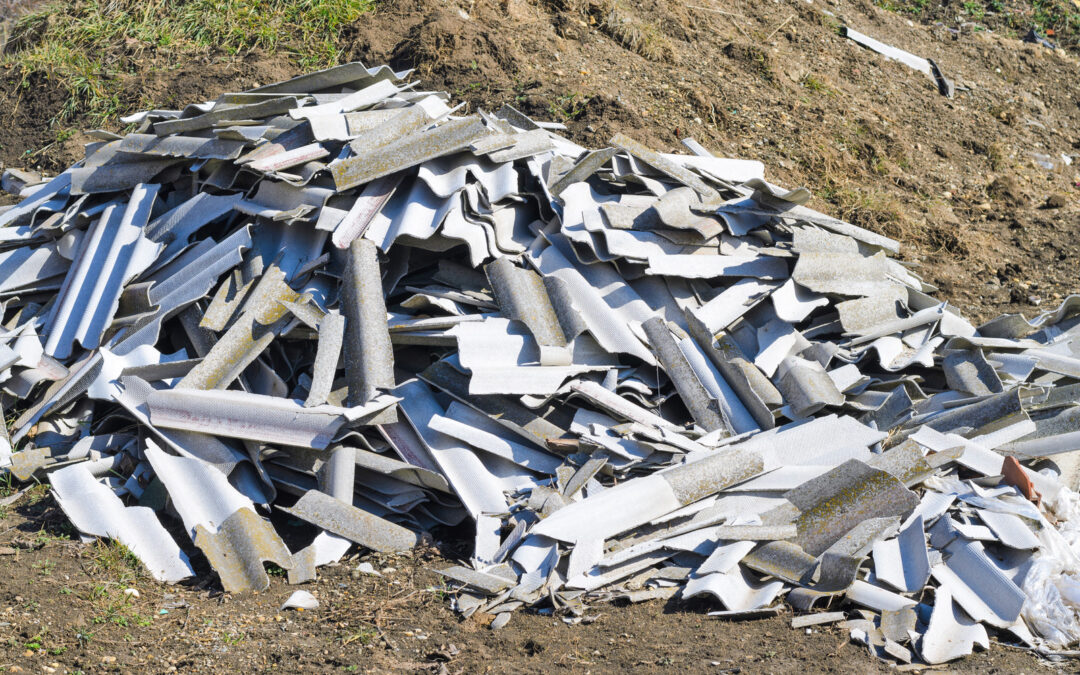If you’re planning to renovate a commercial building that was constructed before the 1990s, there’s a good chance asbestos might be hiding somewhere within the structure. Whether it’s in the insulation, ceiling tiles, drywall compound, or flooring, asbestos is a hazardous material that must be handled with care. Here’s what you can expect during the commercial asbestos removal process—and why it’s crucial to do it right.
Why Asbestos Is a Concern in Older Commercial Buildings
Asbestos was once widely used for its fire-resistant and insulating properties. However, it’s now known that exposure to airborne asbestos fibers can cause serious health issues, including:
- Mesothelioma
- Lung cancer
- Asbestosis
Because of these risks, any renovation involving potential asbestos materials requires a professional approach and strict regulatory compliance.
Step 1: Initial Asbestos Inspection and Testing
Before any demolition or renovation begins, the first step is a professional asbestos survey conducted by a certified inspector. This includes:
- Visual inspection of suspected materials
- Sampling and lab testing
- A detailed report outlining locations and types of asbestos
This step is not just a best practice—it’s legally required in many jurisdictions before a renovation permit can be issued.
Step 2: Developing an Abatement Plan
Once asbestos has been identified, the next step is to develop a safe removal plan. This plan usually includes:
- Worksite containment strategies (e.g., sealing off affected areas)
- Schedule coordination to minimize disruption to business operations
- Compliance with WorkSafeBC or other local safety regulations
- Waste transport and disposal logistics
A licensed asbestos abatement contractor like Canadian Empire Recycling – Richmond will handle this phase, ensuring all measures are in place to protect building occupants, workers, and the environment.
Step 3: Setting Up Containment
Containment is critical to prevent the spread of asbestos fibers during removal. Expect the following:
- Negative air pressure enclosures
- HEPA-filtered air scrubbers
- Decontamination chambers for workers
- Protective plastic sheeting across affected zones
This step is especially important in commercial settings like offices, schools, and retail spaces, where exposure can impact large numbers of people.
Step 4: Asbestos Removal Process
Now comes the core task: safe and legal removal of asbestos materials. Licensed professionals will:
- Wear proper PPE (full-body suits, respirators)
- Use wet removal methods to reduce airborne particles
- Double-bag and label all asbestos waste
- Follow precise decontamination protocols
The process may take several days or weeks, depending on the scope of the project and the extent of the contamination.
Step 5: Post-Abatement Clearance Testing
Once the asbestos has been removed, the area undergoes a thorough inspection and air quality testing to ensure it’s safe for re-occupancy. Clearance testing typically includes:
- Air sampling to check fiber levels
- Visual inspections for residual debris
- Certification of completion by an independent third-party inspector
Only after clearance is granted can the renovation resume.
Step 6: Proper Disposal of Asbestos Waste
Asbestos waste can’t go to regular landfills. It must be handled by certified transporters and taken to licensed facilities. For reliable asbestos waste disposal in Richmond, commercial property owners can rely on Canadian Empire Recycling – Richmond, a trusted name in safe and compliant hazardous material handling.
What Building Owners & Managers Should Know
Here are a few key tips if you’re preparing for asbestos removal:
- Don’t try to handle asbestos yourself. It’s illegal and extremely dangerous.
- Budget time for inspections and abatement. These steps may impact your renovation timeline.
- Hire certified professionals. Only trained and licensed contractors should handle asbestos.
- Check local regulations. Municipalities like Richmond have strict rules for commercial asbestos disposal and renovation protocols.
Environmental Responsibility & Safety
Commercial renovations involving hazardous substances like asbestos must meet environmental safety standards. When it comes to hazardous waste disposal Richmond, proper tracking, storage, and transfer documentation are not just good practice—they’re the law. Canadian Empire Recycling – Richmond handles every step of this process with full regulatory compliance, ensuring both safety and peace of mind.
Asbestos removal during commercial renovations is not something to take lightly. While it can feel like a hurdle in your renovation plans, doing it properly protects everyone involved, from workers to future tenants. Partnering with professionals and working with certified disposal providers for contact Canadian Empire Recycling – Richmond ensures your project stays safe, legal, and on track.

